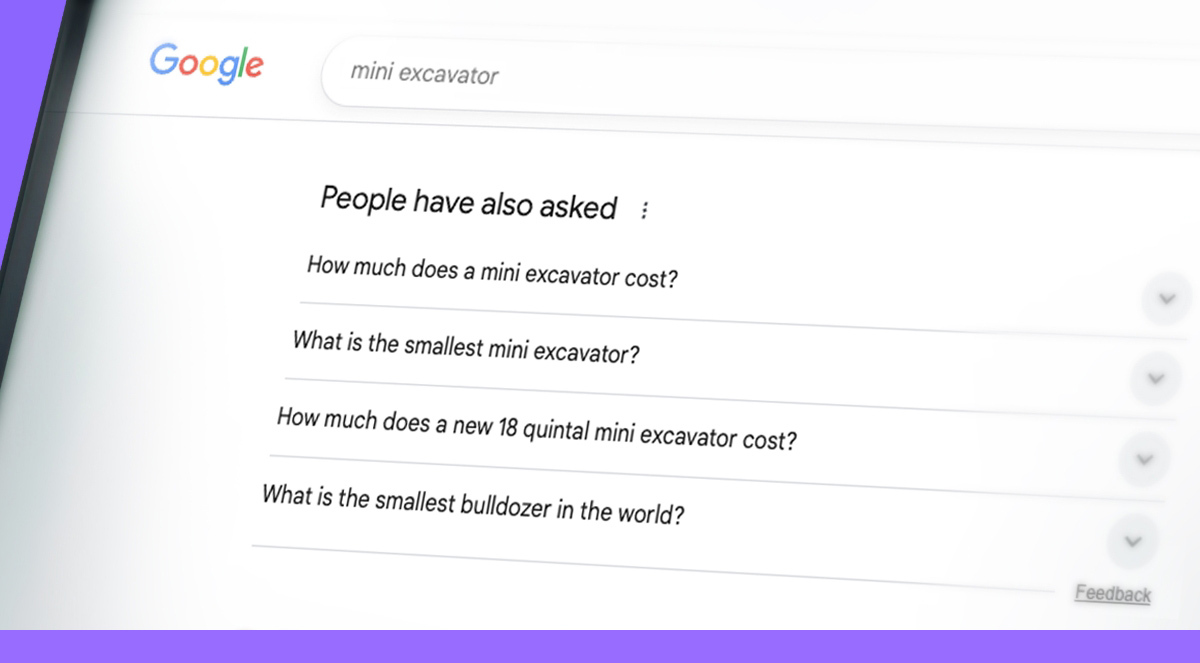Generative Engine Optimization (GEO): the natural evolution of SEO in the AI Era

SEO has taught us how to conquer Google's first page to capture user searches, but today that's no longer enough. We must also become the authoritative source that artificial intelligence chooses to cite to maintain relevance and visibility. How do we do this?
Generative Engine Optimization (GEO) is the process of optimizing content so it gets recognized, referenced, and included directly in responses generated by AI-powered search engines and generative models like ChatGPT, Perplexity AI, and Google AI Overviews. Unlike traditional SEO that aims to rank at the top of Google results, GEO focuses on becoming the authoritative source that AI cites when answering user questions. It's like moving from being visible in a crowded storefront to being the expert directly consulted by each user's personal assistant.
Table of contents:
Practical example: How ChatGPT builds its responses
When someone asks an AI engine like ChatGPT a question, they no longer get a simple list of links like they would with Google. Instead, they receive a direct response that's already structured, written in natural language, and built in real-time by the artificial intelligence based on available online sources and its own knowledge base. These responses often include direct links to the original sources from which the information was extracted, allowing users to verify data and explore the topic further.
In the example below, the user asked: "What are the best restaurants with vegan dishes in the hills around Reggio Emilia?"

As you can see, ChatGPT generated a complete response that selects and summarizes the most relevant information, listing restaurants, farms, and home-restaurants with details and direct links to the original sources.
This isn't a copied list, but an original synthesis: the AI reads, interprets, and reformulates the most useful information, autonomously deciding which names to cite, in what order, and with which descriptions.
GEO: how it's actually done (and why it's different from SEO)
Generative Engine Optimization (GEO) is a young but increasingly crucial discipline in digital strategies. Just like traditional SEO, it presents numerous best practices but no guaranteed formula: the algorithms that decide if and when to cite a brand change frequently and are not very transparent.
The key components of Generative Engine Optimization include:
Understanding Language Models and AI Chatbots
Generative Engine Optimization requires a deep understanding of how language models (LLMs) and their chatbots work. AI assistants use natural language processing (NLP) and machine learning algorithms to understand and interpret queries conversationally.
These systems are distinguished by their ability to:
- Process natural language contextually
- Provide personalized responses based on user behavior
- Adapt to conversation context and improve over time through periodic updates and crawling
- Generate content that goes beyond simple keyword matching
Each AI assistant has unique characteristics: some, like ChatGPT and Gemini, integrate Google and Bing indexes with live search and proprietary crawling to generate real-time responses. This means optimizing for these systems requires going beyond traditional search engine logic, focusing on content that can be understood, contextualized, and repurposed naturally and conversationally.
Technical Performance and Accessibility for AI Assistants
In the generative models ecosystem, a website's technical performance becomes a critical evaluation element, almost a "language" through which AI systems understand a source's reliability and quality. It's no longer just about speed, but about true "digital readability" that goes beyond simple content.
Key parameters that LLMs evaluate:
- Loading speed: A fast site indicates efficiency and respect for user experience, a quality signal for AI assistants.
- Navigation: A logical and intuitive structure facilitates content interpretation, allowing AI to contextualize information more quickly.
- Mobile-friendliness: The ability to adapt perfectly to different devices becomes an indicator of professionalism and attention to detail.
- Technical accessibility: Implementation of standards like schema markup, semantic tags, and data structures that allow deeper "reading" by generative models.
A well-structured site becomes much more than a storefront: it's an information ecosystem that AI assistants can explore, understand, and repurpose reliably and naturally.
Content architecture
The true value of content in the AI assistant era no longer lies solely in information, but in its ability to be understood, extracted, and repurposed fluidly and contextually. Generative models seek content that goes beyond simple description, favoring content that tells, explains, and connects information naturally and intelligibly.
- Modularity and focus: Structure content into short, targeted sections, each answering a specific question or concept. AI assistants extract information in blocks, so each section must be self-sufficient and valuable.
- Anticipating follow-up questions: Organize content by predicting possible follow-up questions. This increases the likelihood of being cited at different moments in the user's search journey.
- Clear entity identification: Precisely mention names of people, products, companies, and places. This helps AI systems contextualize and connect information.
Backlinks and citations
A particularly interesting aspect is the importance that LLMs attribute to backlinks or even just citations without links. A network of diversified citations - including local directories, industry blogs, and reference sites - can significantly increase a content's credibility and visibility. As illustrated by the example in the previous chapter, such citations can come from diversified sources, including local publications, territorial promotion sites, thematic blogs, and so on.
Monitoring and analysis
To concretely monitor the results of your GEO work, it's essential to observe your presence in generative models. AI Brand Monitor, developed by AND EMILI, represents an example of an innovative tool that offers complete mapping of brand visibility in LLMs, allowing you to measure citations, analyze reputation, and understand how your content is interpreted by major generative intelligence models.
Beyond search engines: SEO evolves into GEO
The growth of generative engines represents a structural change in how people search for and consume information online. With ChatGPT reaching 800 million weekly users and Google AI Overviews increasingly present in searches, the paradigm of organic traffic optimization is evolving.
GEO is not a separate discipline from SEO, but its natural evolution. The goal remains the same as always: increase visibility. The difference is that today this visibility no longer comes only from traditional search engines, but also from generative engines.
All the attention points that emerged in this article - from structuring content in question-answer format to citability in LLMs, from monitoring your presence in AI to creating authoritative and verifiable content - represent the natural evolution of SEO skills in the artificial intelligence era.
Having a solid SEO remains fundamental and enormously facilitates the adoption of GEO strategies. However, the approach is changing: it's no longer about optimizing separately for Google and ChatGPT, but about developing an integrated strategy that considers all channels through which users search for and discover content today.
Audit della Visibilità negli LLM
Discover if your content is being cited by ChatGPT, Gemini, and other AI models. Get concrete strategies to improve your presence.


